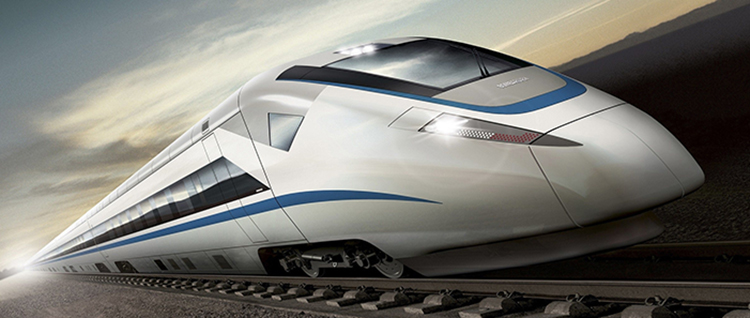
HIGH-SPEED RAIL COULD TRAVEL FROM CHARLOTTE TO ATLANTA IN 2 TO 3 HOURS
Nov. 12. By Debbie Griffin and Dave Yochum. As Charlotte ponders a $4 billion commuter rail between Matthews and Belmont—and a high-speed rail line between Charlotte and Atlanta is in the midst of discussion—it’s more and more clear that Lake Norman commuters are stuck with toll lanes and diminishing prospects for commuter rail.
The Charlotte City Council is expected to vote tonight on a $50 million contract just to plan the Silver Line light rail which would have stops in Charlotte and at Charlotte Douglas International between Matthews and Belmont.
Separately, the Federal Railroad Administration (FRA) and the Georgia DOT recently completed an Environmental Impact Statement study on high-speed rail between Charlotte and Atlanta. Public comments closed last week.
Former Mecklenburg County Commissioner Jim Puckett said local rail projects do not have adequate financing to warrant going forward.

PUCKETT
He said the North Line from Charlotte to Lake Norman was “sold” to the public with the assurance of federal and state dollars, along with the half cent transit tax. North Meck “towns completely rewrote their zoning based on this false promise and we are paying the cost today with overcrowded roads and congestion based on commuter rail as the solution,” Puckett said.
It was all a big lie, said Puckett, who plans to run for his old seat on the county commission.
Meanwhile, the $4 billion cost of the Matthews-Belmont line is just a guess. The real cost of the 26-mile project will not be known until 65 percent of the project is designed, hence the vote tonight on $50 million in planning costs. Charlotte taxpayers could pay $50 million just to see what the Silver Line would cost.
Rail is an interesting technology in light of driverless cars and telecommuting.
The 280-mile Charlotte-to-Atlanta route would be part of the Southeast High-Speed Rail Corridor, joining other corridor projects and programs within the Atlantic “megaregion.” for the sake of economic development.
“Anytime high-speed rail service is being considered to serve our region, it is positive. I look forward to more detail,” said Cornelius Mayor Woody Washam, explaining he still has hopes the failed North Line will be revived.

WASHAM
Charlotte to Atlanta rail could be similar to high-speed rail service in Europe and Asia. It’s been a dream for years.
The FRA first partnered with the Federal Highway Administration to study the possibilities from D.C. to Charlotte back in 2002.
The current study team considered six route alternatives and advanced three for further consideration. Each one begins in Charlotte or at the Charlotte Douglas International Airport.
• The Southern Crescent route runs along a Norfolk Southern line, costs roughly $2.3 billion, and would have a train speed between 80 mph and 110 mph. Travel time would be approximately five hours.
• An I-85 route would follow the interstate corridor and cost around $15 billion. Train speed would be between 125 mph and 180 mph, with a travel time of around three hours.
• A Greenfield project route would run due south then hook west and cost about $8 billion. Train speeds would be 125 mph to 220 mph, with a travel time between two and three hours.
Next stop: How to fund the capital and operational project costs.
“Rail is a viable option given the proper factors but with the likely advent of driverless technology I believe the viability going forward becomes less and less,” Puckett said.
Regional high-speed rail again boils down to a funding issue, he said, without a “major redirect of federal road funds.”

Discussion
No comments yet.